There’s no denying Mexico is filled with a bounty of beach resorts. But what if you’re looking for something more adventurous than the all-inclusive hotel and you want to do more than lounge poolside?
Mexico is home to a vast array of unusual experiences, from ancient ruins, to geological wonders, to scuba diving in the second-largest barrier reef system in the world. Here are a few unique adventures you might take the next time you’re visiting our neighbor to the south.
Art and Architecture in Guadalajara
The birthplace of mariachi, Mexico’s second largest city of Guadalajara is known for its vibrant arts scene, both traditional and cutting edge.
To see how the male-dominated music genre of mariachi is evolving, visit the Hotel Riu Plaza on Wednesday and Saturday nights to hear popular all-female mariachi bands. Guadalajara’s artists are also breaking barriers in the annual Prohibido Festival in mid-June, celebrating LGBTQ diversity through art, workshops, and performances.
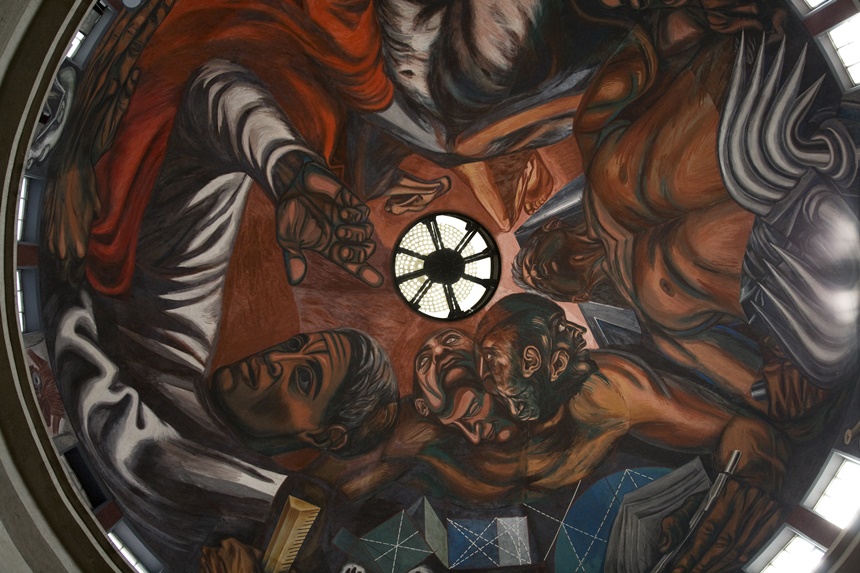
The revolutionary paintings of José Clemente Orozco, considered one of Mexico’s most important muralists alongside Diego Rivera, are another must-see. Orozco’s masterpieces are painted directly on the walls of Guadalajara’s Cabañas Museum. Once one of the largest orphanages in the Americas, it became a museum campus in 1980 and was designated a UNESCO World Heritage Site in 1997.
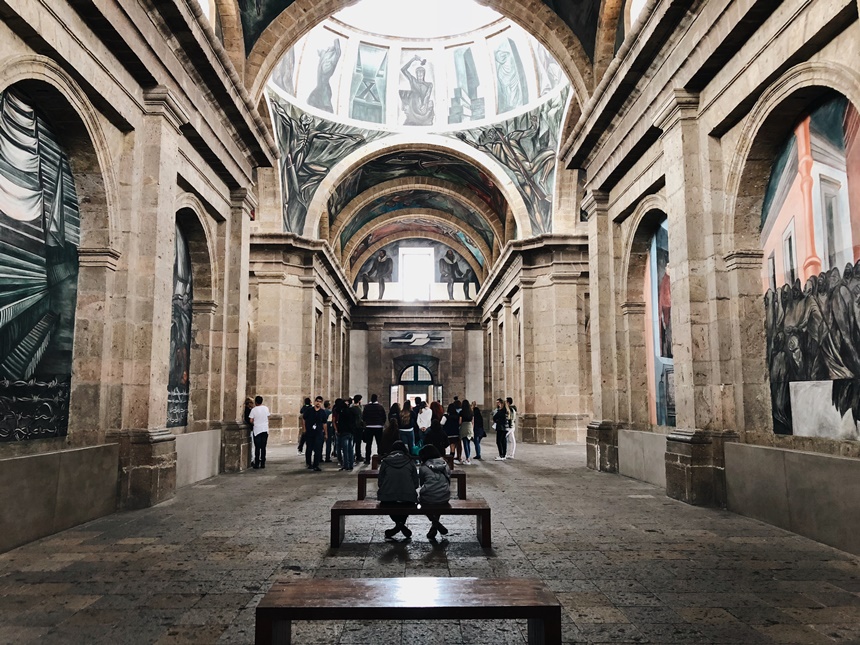
The capital city of Mexico’s state of Jalisco, Guadalajara’s also a cycling capital. Sunday is the best day to experience Mexico’s second largest bike share system, when Guadalajara’s streets are closed to cars. Cycle through colonial plazas and take a break at the inviting fountains and benches, perfect for people watching. Don’t be alarmed by the cacophony of bells; it’s coming from the surrounding churches, including the city’s most iconic landmark, the majestic 16th century Guadalajara Cathedral.
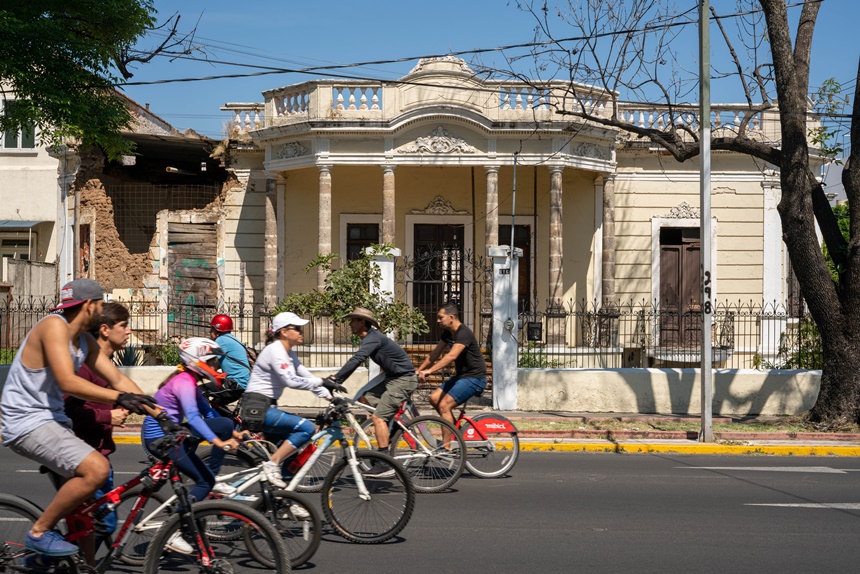
Yucatan’s Cenotes
Cenotes are a stunning geological feature common to Mexico’s Yucatan region. They’re natural caves filled with crystal clear water that’s warm enough to swim in. They were also important to Mayans, who saw them as sacred spaces, underground wells providing an entrance to the afterlife. During times of drought the Mayans would offer up sacrifices in cenotes to the god of rain.
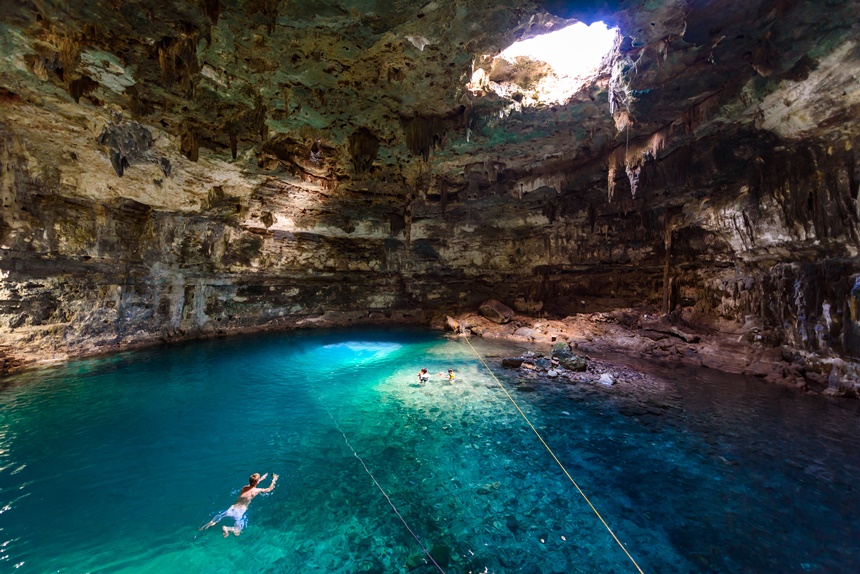
Today, visitors to the Yucatan can swim in many of the thousands of these underground caverns. The Fairmont Mayakoba in Playa del Carmen even has one on their property. An on-site guide takes hotel guests into the cenote and provides a history of its significance to the Mayans. Time your visit to when Mayan performers in traditional attire act out an ancient ritual using smoke and drums. If you want to spend a day exploring more of the surrounding cenotes, the hotel’s activities desk can arrange that.
Tequila Town
Who doesn’t love a good margarita? Take the time to learn about the tequila making process by visiting the actual town of Tequila, Mexico, home to the distilleries and agave fields that make up the popular spirit. Many local haciendas have been turned into distilleries that give daily tours. There’s even a National Museum of Tequila.
But Tequila, Mexico, isn’t just about the drink, it also has a thriving crafts and pottery scene. Cobblestone streets, colorful colonial houses, and a bustling pedestrian town square make this a charming place to spend a few days.
But if you only have one, considering taking the Jose Cuervo Express, a 90-minute vintage train ride whisking travelers through the blue agave fields to the Jose Cuervo Distillery in Tequila.
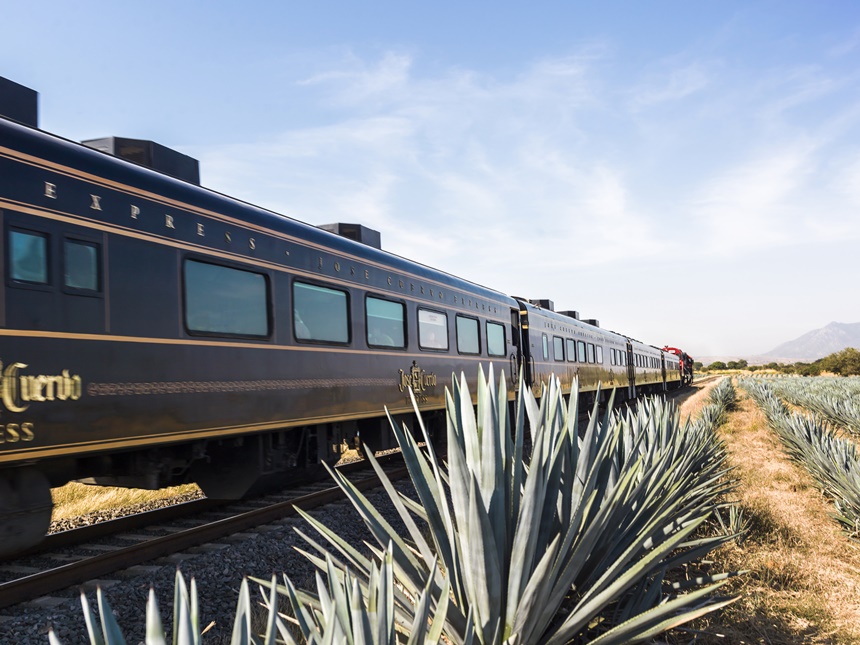
Relive the glamour of the glory days of train travel by splurging on a ticket in the Elite Wagon, a luxurious wood-paneled car with floor-to-ceiling windows. The Elite experience includes hand-crafted cocktails, an abundance of appetizers, and tastings of top-of-the-line tequila reserved for first class passengers.
After the distillery tour, passengers are treated to a mariachi music performance accompanied by folkloric dancers. Then it’s off to the agave fields to see first-hand how the plant is harvested. The day-long tour ends with an over-the-top Mexican dance party with unlimited tequila and food.
Pueblos Mágicos
Pueblos Mágicos, or magic towns, are smaller towns that have been designated by Mexico’s Secretary of Tourism as having unique qualities and cultural importance that make them worth visiting. And while the secret’s already out about some of them, like popular San Miguel de Allende, there are more than one hundred small towns that are lesser-known gems.
The artisan town of Tlaquepaque (pronounced Tuh‐LOCK‐ay‐POCK‐ay) is a shopper’s paradise filled with galleries and boutiques featuring locally crafted leather, clothing, and home decor. Many of the old colonial mansions have been converted into cafes and restaurants, some featuring live mariachi musicians.
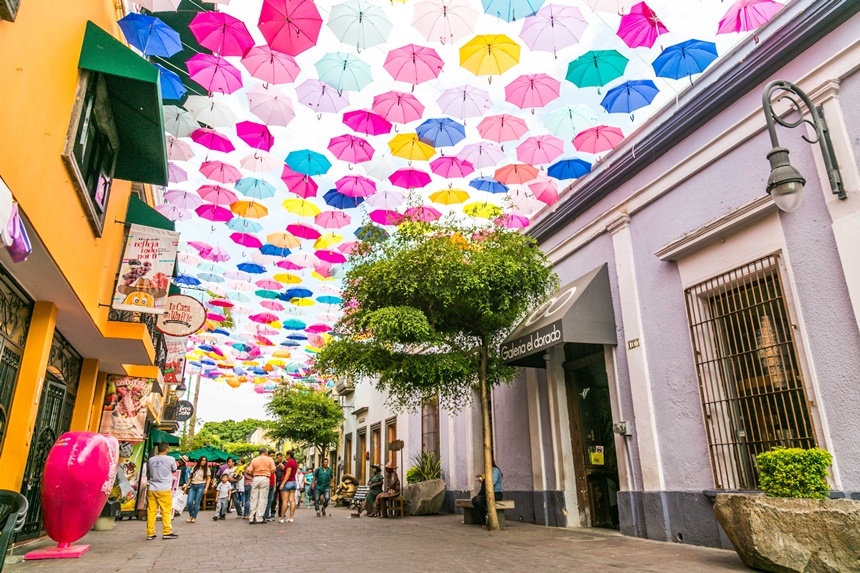
Spend an afternoon strolling the cobblestoned pedestrian-only Calle Independencia to see colorful buildings and whimsical public art. Make sure and step inside the elegant gallery featuring the work of sculptor and painter Sergio Bustamante, one of Mexico’s most popular artists.
A few other Pueblos Mágicos to put on your radar include Tepoztlán, in the central Mexican state of Morelos. Hikers will love this cute town at the foot of El Tepozteco National Park. Travelers eager to learn about indigenous cultures should consider San Cristóbal de las Casas, in the central highlands of the state of Chiapas.
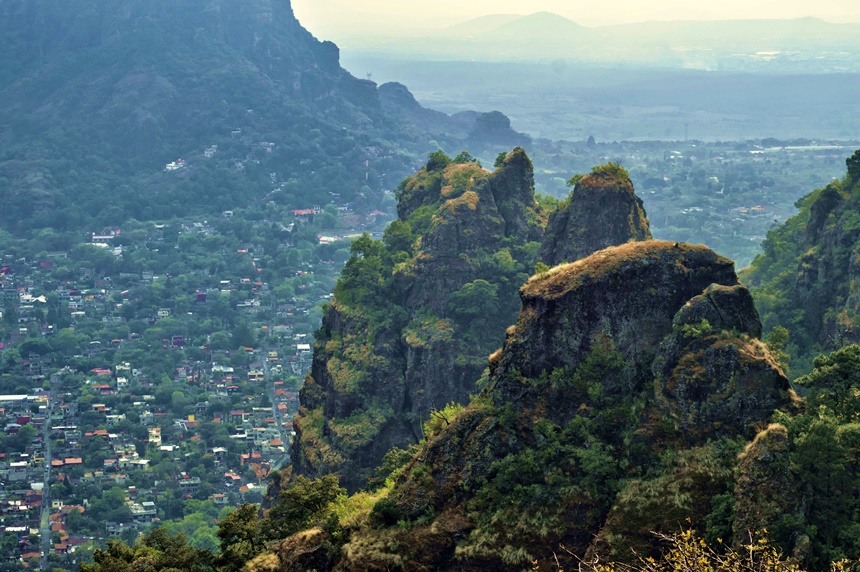
Travelers intent on experiencing towns with authentic charm and historic character will want to give one of these Pueblos Mágicos a visit.
Sensational Scuba Diving
Home to the second-largest barrier reef in the world, Mexico’s island of Cozumel should be on every scuba diver’s bucket list. Turquoise waters with 100 percent visibility allow you to see everything from turtles to huge green moray eels, Mayan octopus, giant groupers, even the invasive lionfish.
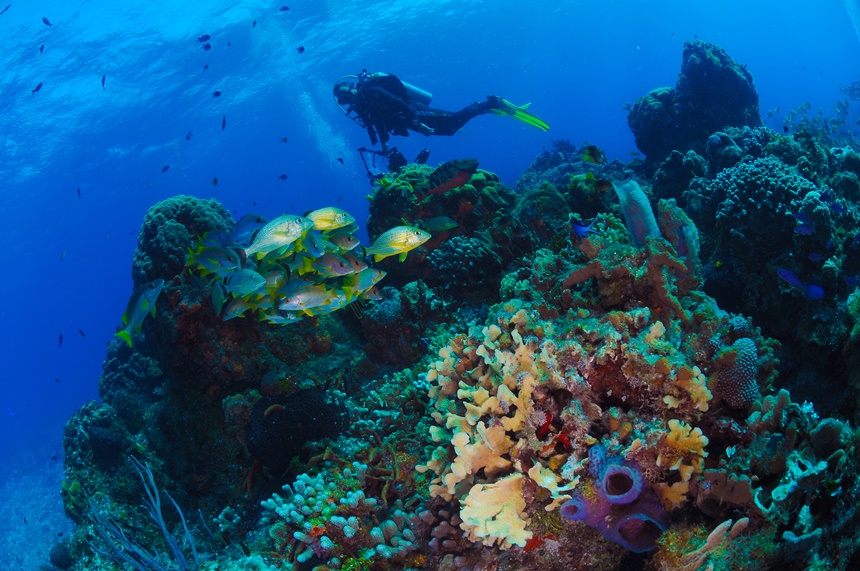
Stay at a hotel that has its own scuba diving operator, like the Iberostar Cozumel, which offers a variety of dive programs, including for beginners. Those new to scuba diving can take the classroom portion required for dive certification online before arriving, do their open water dive requirements during the trip, and return home with a certified diver I.D. card.
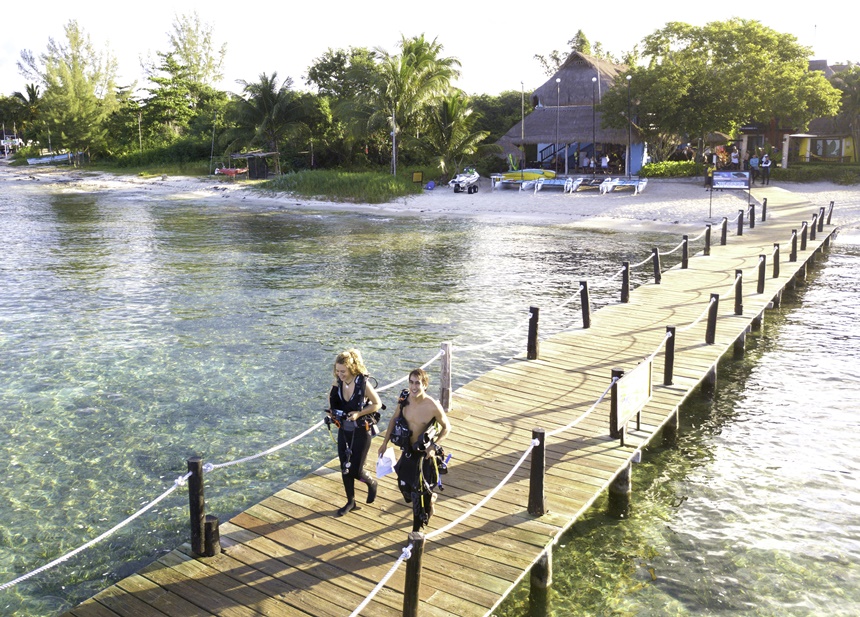
If you’re a certified diver but haven’t gone in over a year, you can take a refresher course in the morning in their pool with an instructor and head out to dive in the afternoon. If you don’t want to dive, you can always tag along on the boat and go snorkeling.
There are direct flights to the island of Cozumel from several U.S. cities, including Chicago, Houston, Denver, and Miami.
Become a Saturday Evening Post member and enjoy unlimited access. Subscribe now
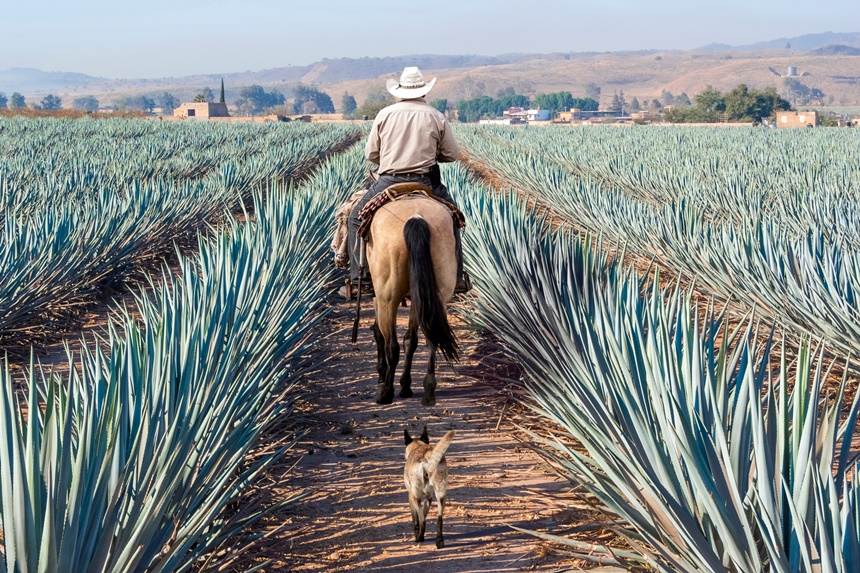



Comments
Lots of great places to see. If I could only pick two, they would be the Yucatan Cenotes and the Tequila Town train ride. Since I don’t ‘drink’, a couple of chilled Mexican Cokes in the bottle will do mighty fine indeed.